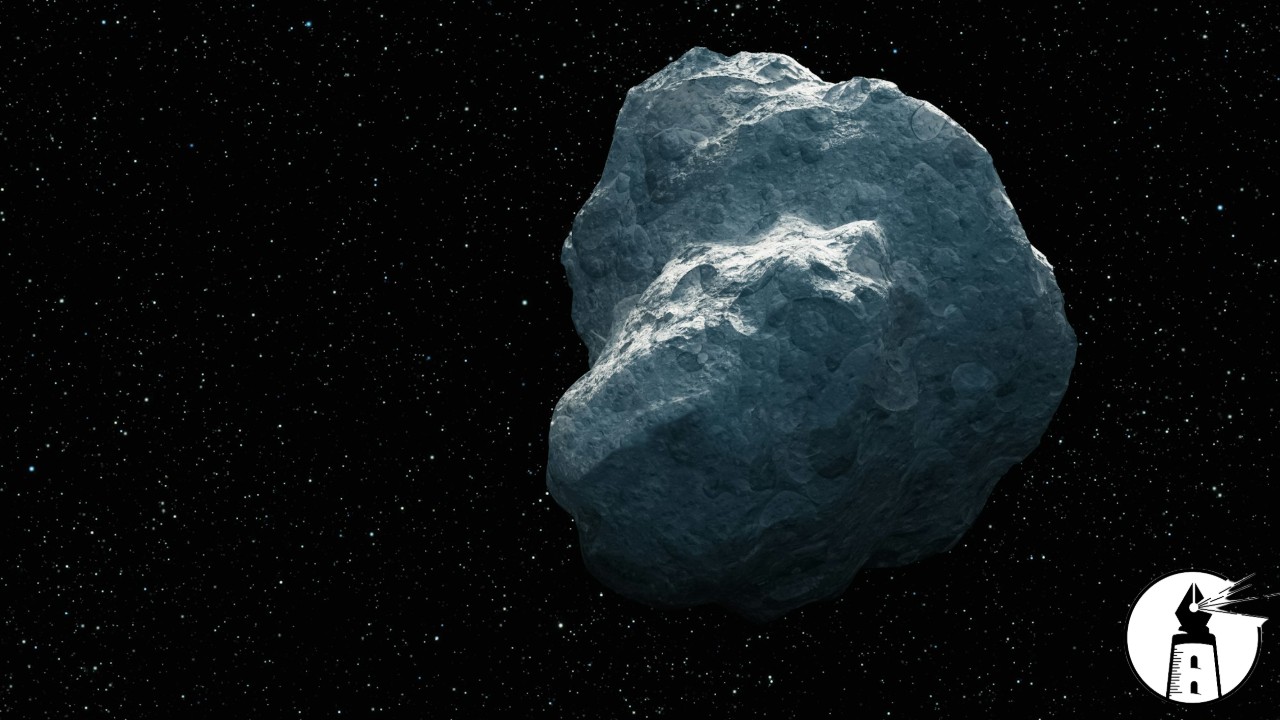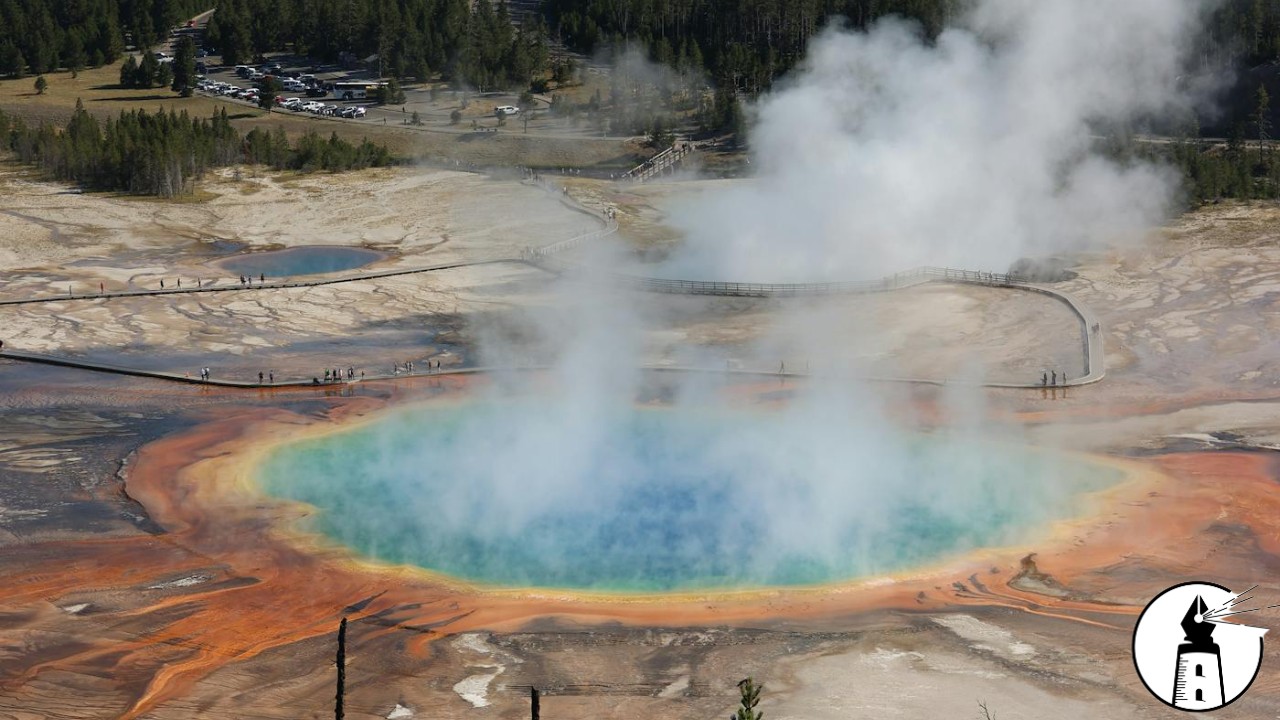This is a follow-up to our earlier post about asteroid 2024 YR4, a near-Earth object that drew international attention for its initially uncertain trajectory. While earlier projections ruled out any meaningful chance of a direct impact with Earth, updated assessments continue to examine the possibility of a collision with the Moon, and the potential consequences of such an event.
Recent modeling by researchers at Canadian universities has outlined a scenario in which an impact between the Moon and asteroid 2024 YR4 could eject debris toward Earth. Although the study has not yet been peer-reviewed, it is contributing to an evolving scientific understanding of the event’s possible secondary effects. Researchers estimate that if the asteroid, currently believed to be between 174 and 220 feet in diameter, were to strike the Moon on December 22, 2032, it could create a crater roughly one kilometer wide. The resulting impact would launch large amounts of lunar material into space.
The updated probability of a lunar impact now stands at 4.3 percent, according to new data from the James Webb Space Telescope. That figure represents a continued upward revision from initial estimates, which placed the chance of a Moon strike at 1.7 percent. Although the odds remain low, researchers are taking a closer look at what an impact of this magnitude could entail.
If debris from the impact were to reach Earth, most of it would burn up in the atmosphere, posing no threat to people on the ground. However, some of the material, particularly centimeter-sized fragments traveling at high velocities, could enter Earth’s orbit. This raises potential concerns for satellites, spacecraft, and astronauts. The study’s authors note that the energy released by such an impact would be comparable to that of a large nuclear explosion, underscoring the need for monitoring even in cases where the Earth itself is not directly at risk.
In addition to possible satellite hazards, researchers say a visible meteor shower could occur in the days following a Moon impact, depending on the scale and trajectory of the ejected material. While the spectacle would likely be short-lived, it could be scientifically valuable and visually striking.
Asteroid 2024 YR4 is now too distant for precise observation and is not expected to be within effective range again until 2028. At that time, astronomers hope to reassess its trajectory and physical characteristics with improved clarity.
This scenario underscores the importance of continuing to refine planetary defense strategies to account for a range of celestial dynamics, including indirect threats that may originate from interactions with bodies beyond Earth’s immediate vicinity. As with previous assessments, scientists emphasize that the most likely outcome remains a near pass without incident, but the expanded understanding of potential consequences helps inform future planning and preparedness.
—By Greg Collier


